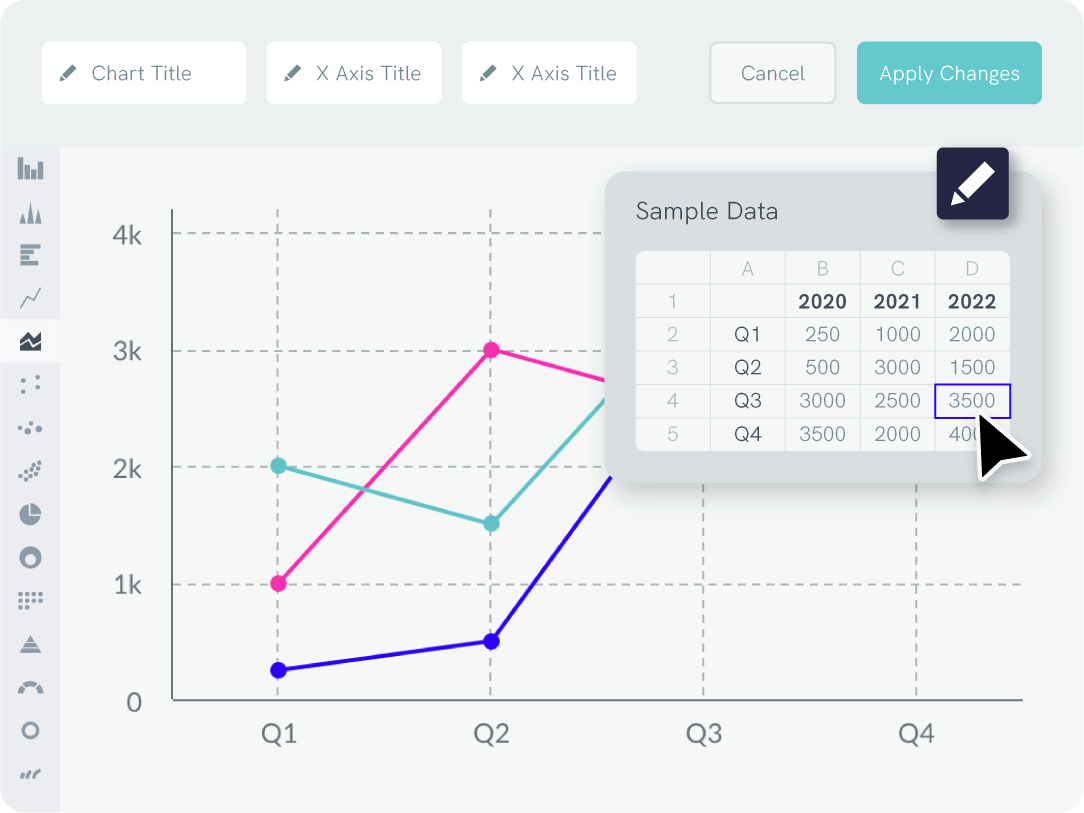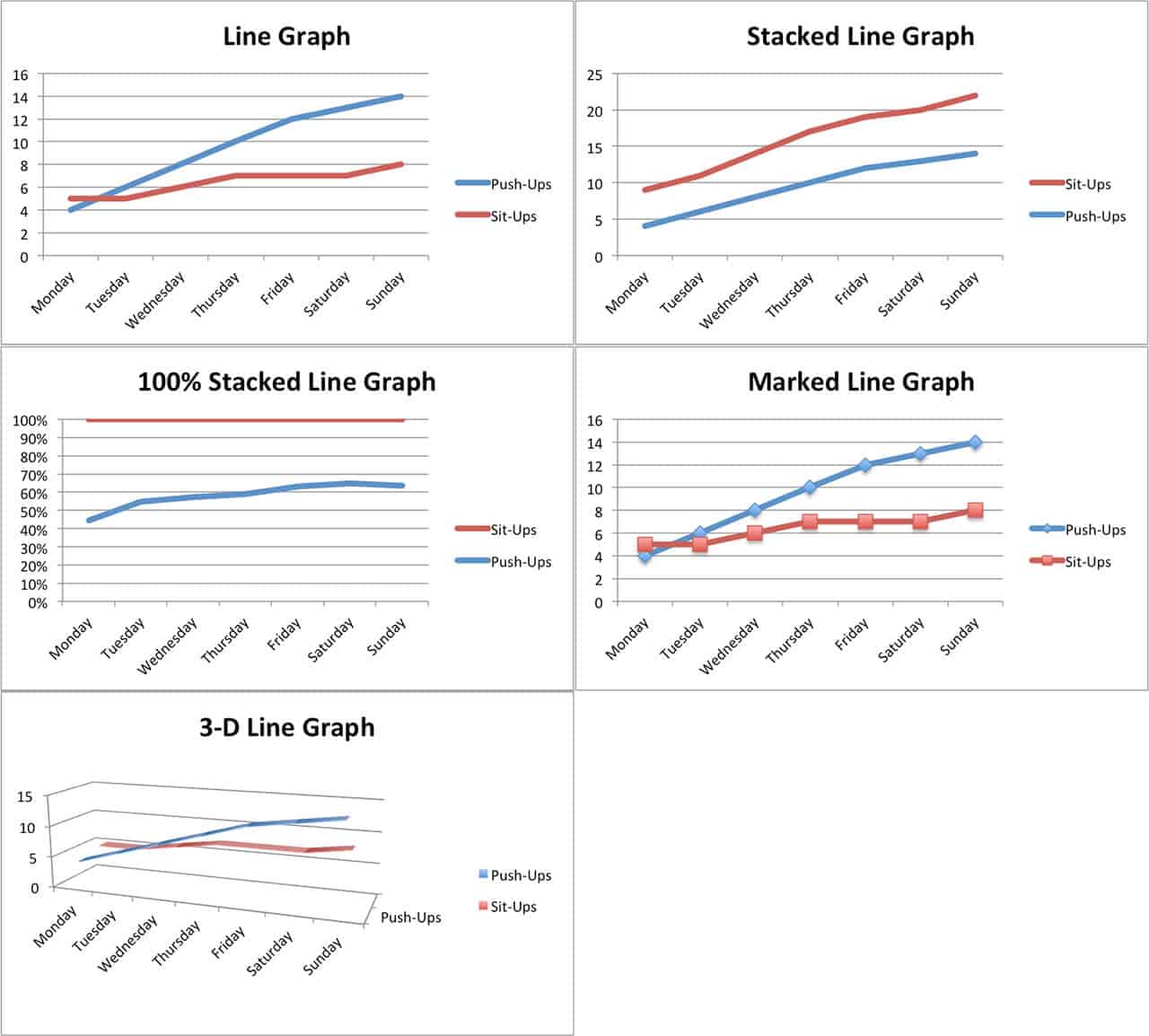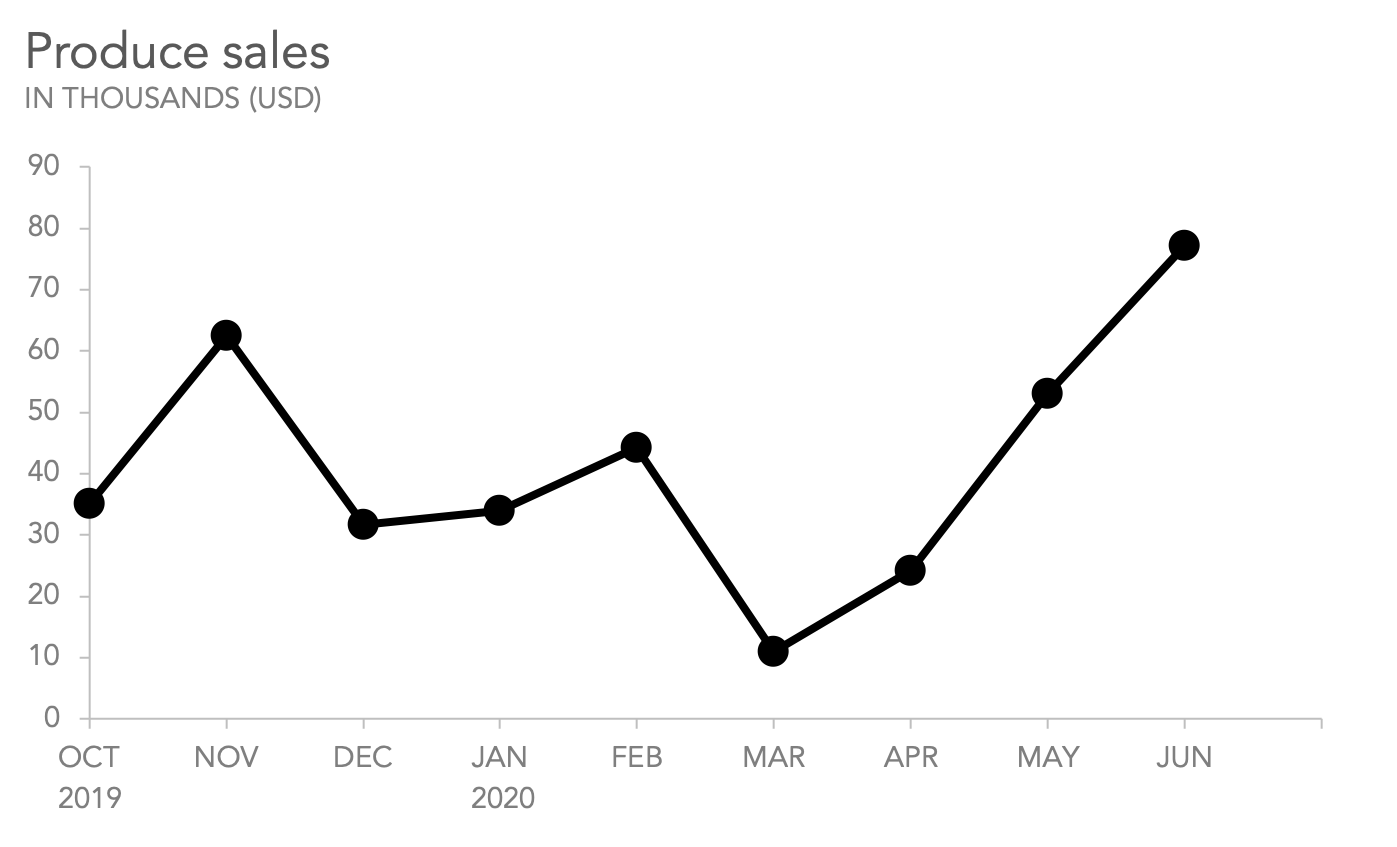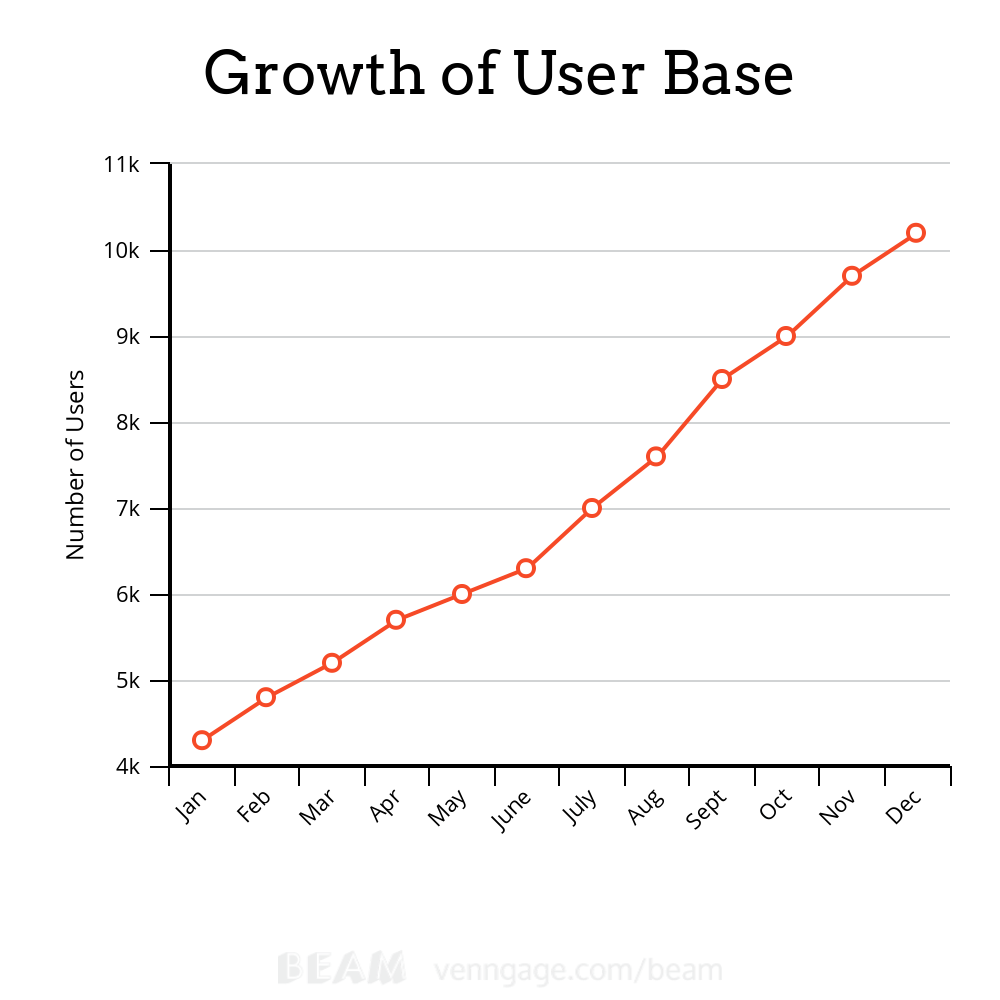Painstaking Lessons Of Info About Which Scenario Is Most Suitable For Using A Line Chart How Do You Change The Y Axis Values In Excel
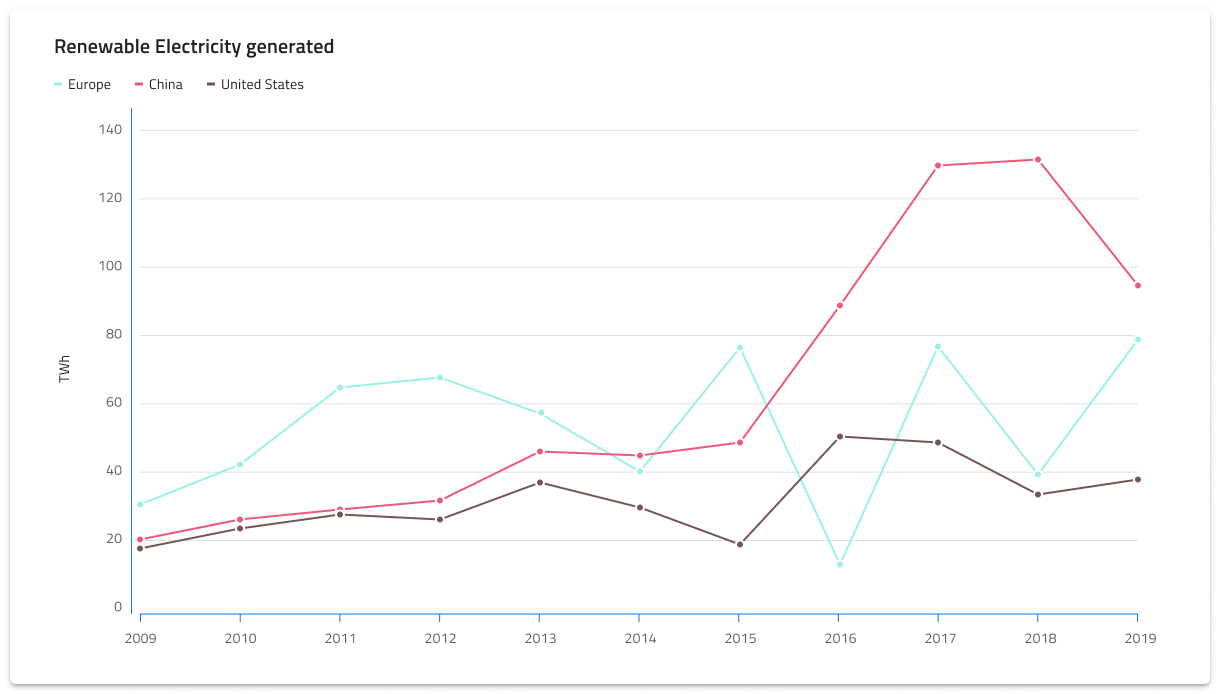
It is often used to identify and interpret trends, patterns, and relationships in continuous data.
Which scenario is most suitable for using a line chart. Best practices series: A line chart, also known as a line graph or curve chart, is a graphical representation used to display data points connected by straight lines. For the series name, click the header in cell c2.
Line charts show changes in value across continuous measurements, such as those made over time. Line charts are one of the most common types of data visualizations, and they are incredibly useful for a wide variety of professionals. It highlights the trend and gives the audience a complete overview of the data.
Use line charts to view trends in data, usually over time (like stock price changes over five years or website page views for the month). Line charts are for time data only. This type of chart is particularly useful for visualizing trends, changes, and relationships in data.
A line chart, area chart, and column chart are the most common chart types used to visualize change over time. Time intervals and scale ticks should be aligned. Data viz is all about communicating the right story.
A line chart, also referred to as a line graph or a line plot, connects a series of data points using a line. Line charts encode value by the vertical positions of points connected by line segments. Your chart now includes multiple lines, making it easy to compare data over time.
The most straightforward option (especially if you have several metrics) is to use a line chart. Learn the criteria you need to consider when choosing the charts for your report and discover the most suitable chart types with examples. It can also expose overall trends, to help the reader make predictions or projections for future outcomes.
Movement of the line up or down helps bring out positive and negative changes, respectively. From displaying trends over time to comparing different data sets, line charts play a critical role in conveying intricate data in an understandable format. Use lines when you have a continuous data set.
One of the most popular and practical methods of presenting data is the line chart. Time goes from left to right. The line chart, or line graph, connects several distinct data points, presenting them as one continuous evolution.
For example, i used a line chart to show how the number of sessions on each platform changes over time. By following these best practices, line charts can provide a visually compelling representation of data that is easy to interpret and analyze. Overall, line charts are a valuable tool in data visualization, providing an intuitive way to understand and communicate trends and patterns.
This chart type presents sequential values to help you identify trends. Our curated collection of line chart examples takes you on a journey that turns complexity into clarity, one line at a time. In this article, i will draw from my experience as a senior information designer to share all you need to know about line charts, from basics to best practices.




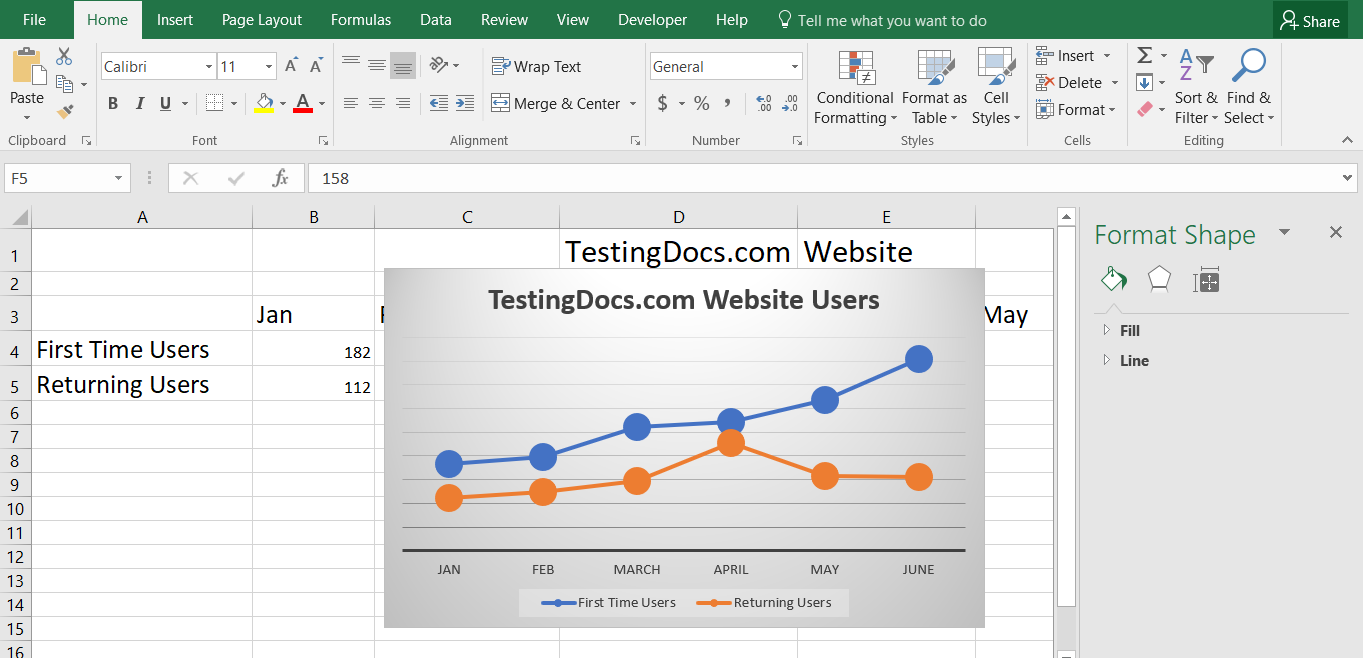

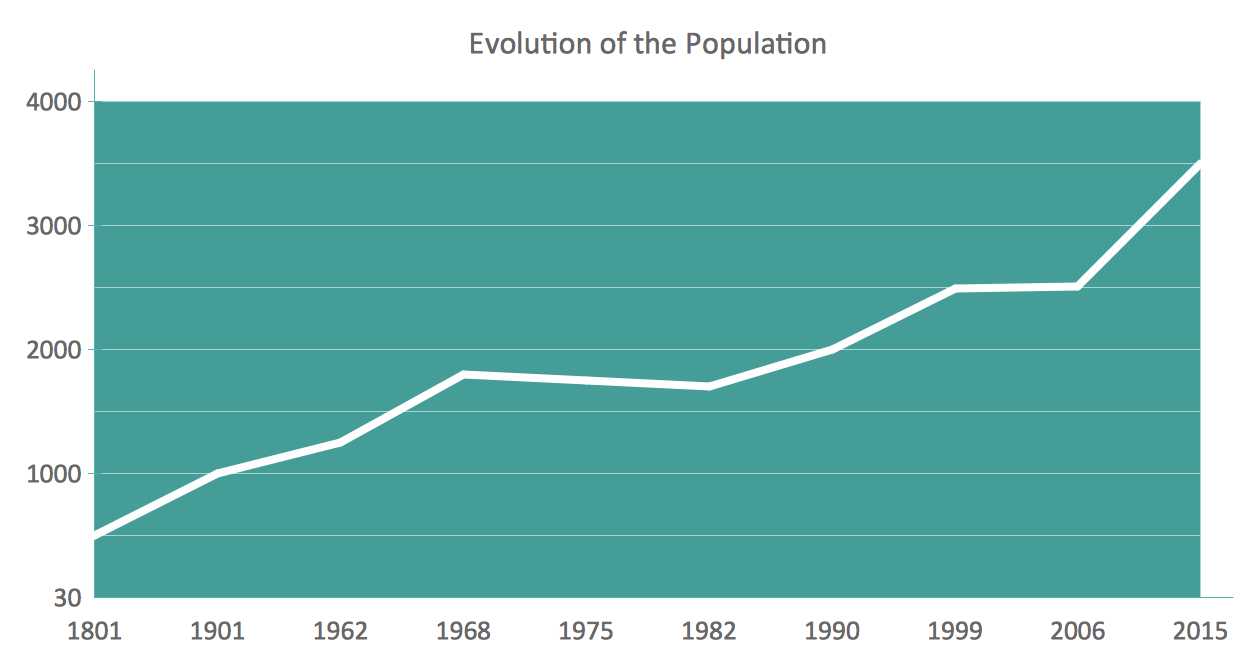
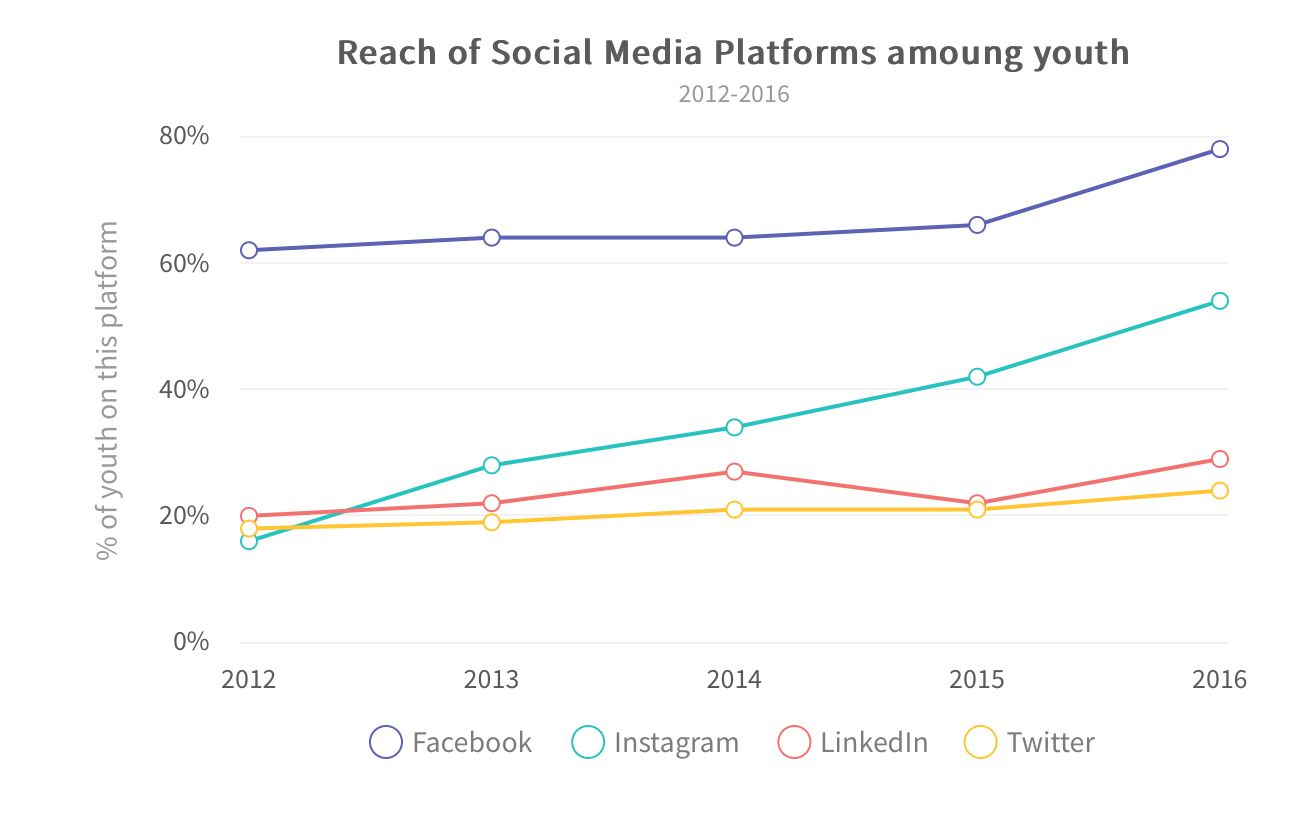
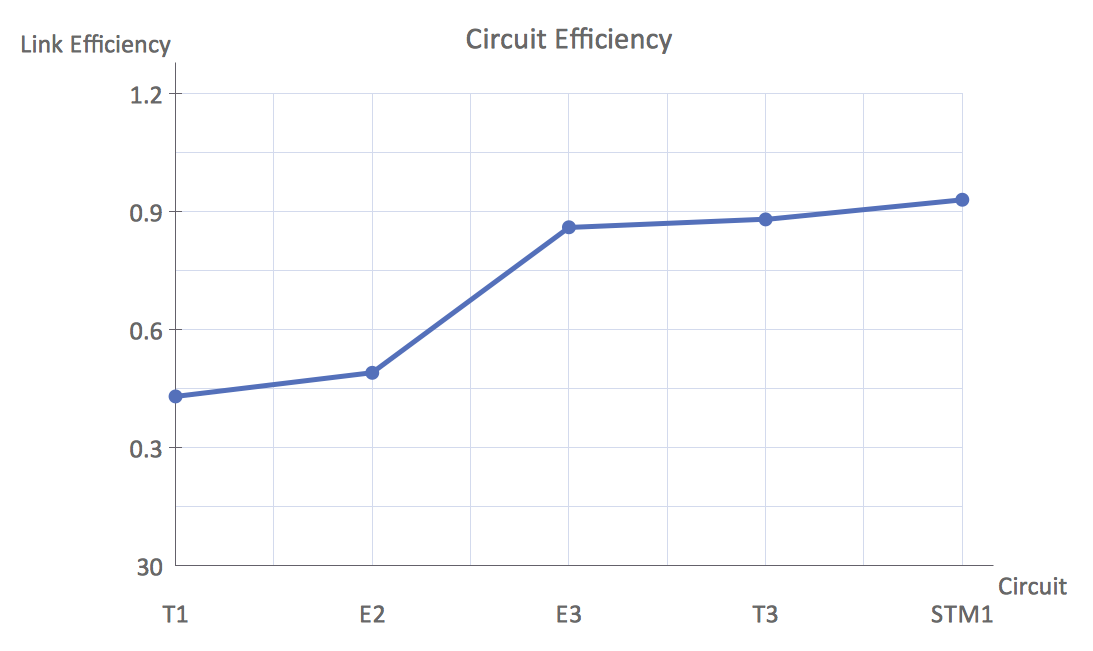
:max_bytes(150000):strip_icc()/dotdash_INV_Final_Line_Chart_Jan_2021-02-d54a377d3ef14024878f1885e3f862c4.jpg)

